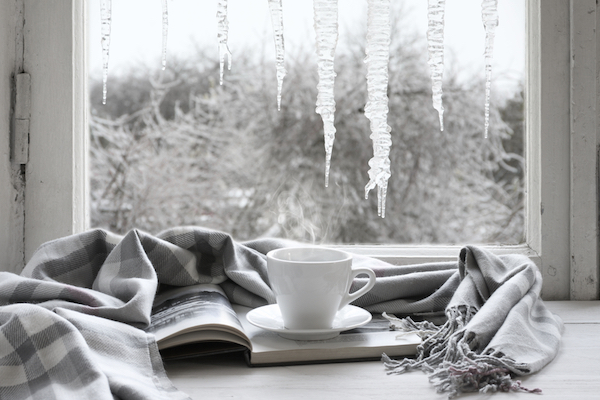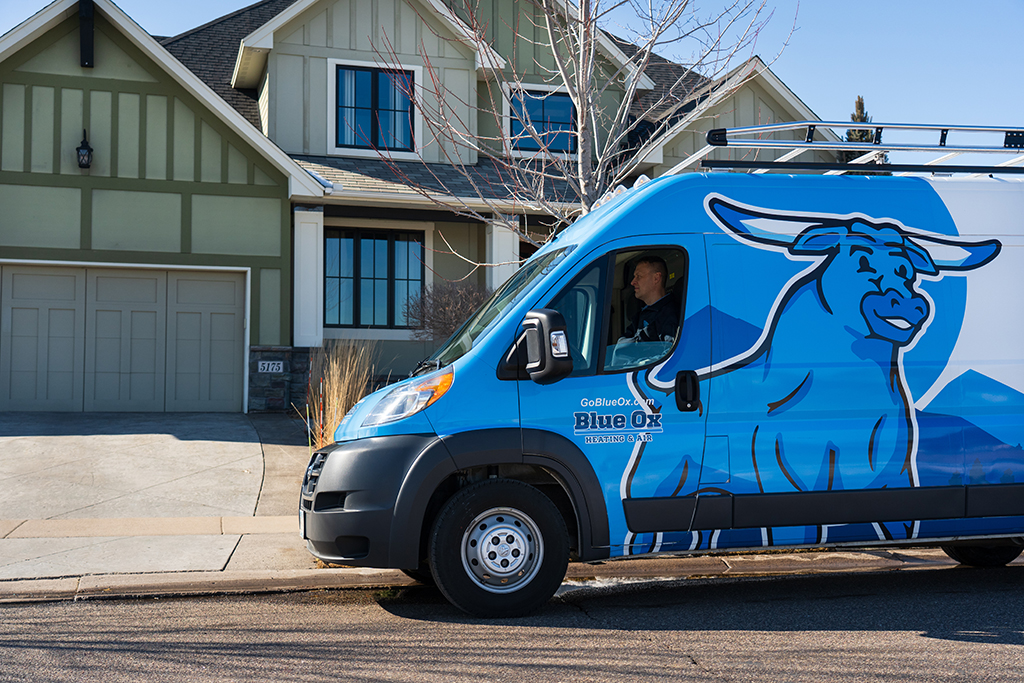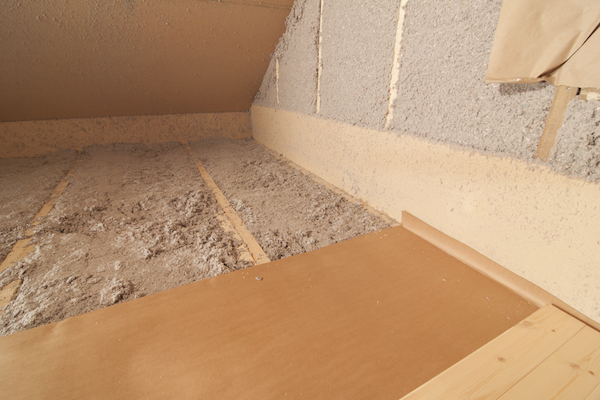According to Energystar.gov, the heat leaking out through gaps in a typical home is equivalent to leaving a window open every day of the year! Homeowners can save an average of 11% of total energy costs by adding insulation to their attics, floors, and basements. If your insulation isn’t up to snuff, your house is wasting heat. You’re paying more for that wasted heat than you should be.
It can be hard to tell the difference between effective and ineffective insulation, however. It all pretty much looks the same. Most homeowners probably don’t know how old their insulation is, or whether it meets national energy efficiency standards. If your insulation is old or ineffective, it will literally pay to find out. Here are five signs that it may be time to look into replacing your insulation.

Ice Accumulation
It sounds strange, but the first step you can take to check your insulation this winter is to go outside. Look at the rooftop, siding, window frames, and any other overhanging part of your house. Is there a lot of ice accumulating on your house? Are there hanging down from your rooftop or clinging to the sides of the house? Compare your home’s exterior to a couple of your neighbors.
If your house looks icier than theirs, it might be because your insulation isn’t doing a good job of repelling cold. This is an especially likely problem if your house is older. Consider calling a professional for an energy audit if your neighbor’s houses look icy, too. Most houses in the same neighborhood share similar ages, so if all your neighbor’s houses are icy, their insulation might be out-of-date, too. The problem is that common!
Check the Attic
Heat rises, so your attic’s insulation is the main barrier preventing the heat your HVAC generates from escaping outside. It’s particularly important to make the insulation in your attic tightly packed, evenly spread, and effective. When insulation blocks heat from leaving, heat circulates through your house. That heat provides you with warmth. If there are gaps in your attic’s insulation, heat will rise and then continue to rise, right up out of your house!
The first thing you should check in the attic is the floor. If you can see the floor joints, or even worse, if you can see light coming through cracks or gaps in the floor, you need additional insulation. Lining your attic’s floor with insulation is the best way to prep it to act as the barrier you need it to be. If you use your attic for storage, consider moving some of that stuff elsewhere so you can devote the floorspace to insulation instead. You don’t need to move everything out of the attic, of course, but the more floor and ceiling space you can cover, the better. Your heating bill will thank you.
High Energy Bills
If your bills rise as the temperature falls, your insulation might not be doing enough to keep heat in. If your insulation lets cold air in, that air creates a suction effect that actually pulls warm air out of your home. When cold pulls warm air out of your house, your heater has to work overtime to make sure there’s enough heat to keep the temperature where you want it.
When your heater works overtime, it uses more power, which means you have to spend more money. Even worse, working that hard continuously will put your furnace under a lot of stress, which could lower its lifespan. Before you know it, you might find out you have a furnace repair on your hands. Now you have to spend even more money!
If you notice your energy bill getting steeper this winter, take a look at your basement and attic insulation. If it’s old, thin, or damaged, you may have found the reason why.
Pest Infestations
If you’ve ever lived in a home without insulation, you understand what a difference it makes. Unfortunately, pests like squirrels, rats, mice, snakes, flies, and roaches appreciate insulation just as much as you do. They have to stay warm too, after all. Nasty no-account pests love to chew through home insulation. Once they’re in, rats, mice, and various bugs will even make a home out of your insulation. They’ll burrow in, stink things up, and even lay eggs!
If you’ve had a recent pest infestation, it’s important that you thoroughly check your insulation for signs of damage or tapering. Look for ripping, tearing, or bite marks, as well as feces or animal grime like grease, oils, or dirt. Remember: pests can squeeze their way through smaller clearances than you’d think, so don’t ignore even tiny holes. You don’t want to fight off an infestation just to have eggs hatch inside your insulation!
Indoor Drafts
As we’ve discussed before, drafts in your house may be a sign that your insulation has worn down. When winter wind blasts against your house, your insulation is the shield that protects you from its cold-hearted clutches. When parts of your insulation wear down, the winds can exploit your shield’s newfound weakness, and then you get the suction effect mentioned above. The wind pushes its way through the gap and sucks warm air out of the house so the cold can replace it. The draft you feel is this cold air muscling its way in and shoving your warm air out.
If you have a draft, there’s no need to panic yet: drafts are caused by all kinds of gaps, not just insulation problems. Drafts are more commonly caused by inadequately sealed doors and windows, so double-check those before you consider insulation. If you have any of the problems listed above and you have odd drafts in different parts of your house, however, worn down insulation could be the culprit.
Insulation is one of the most overlooked components of your home’s heating and cooling system, but it’s essential. Having quality, up-to-date insulation will help your home feel more comfortable in the winter and the summer, and will save you a lot of money to boot.
If you’re interested in learning more about how to make your home more energy-efficient this winter, check out our blog. If you’re worried about any potential heating or cooling problems, get in touch today. Our technicians are happy to help make sure you have everything you need to stay warm this winter.






